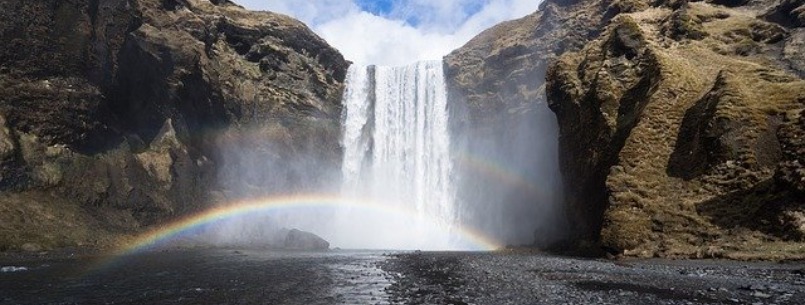So you’re thinking about finally making that trip to Hawaii after fantasizing about it for decades … good for you! After much research, you have decided to locate yourself on the Big Island, as it has a much more subdued scene, while still having plenty of attractions and tropical splendor to make your holiday here worthwhile.
However, if the thought of running around the island has you tired just thinking about it, then you deserve a place to crash at the end of the day that is befitting of your elder status. To that end, there are many Big Island rental homes that will have you staying in more comfort than your average hotel room would.
With fully stocked kitchens, elegant backyards complete with pools and gardens, and luxurious bedrooms, it will serve as the home base for the Hawaiian holiday that you have dreamt about your entire life. With regards to your holiday, here are three attractions that will fill your days with activity during the time you spend on the big island of Hawaii…
Hawaiʻi Volcanoes National Park
By far the most interesting place to visit on the Big Island of Hawaii is Hawaii Volcanoes National Park. It is here where Kilauea and Mauna Kea are protected, enabling the unique natural habitat surrounding these still active volcanoes to be preserved for generations to come.
Given that it possesses some of the world’s most active volcanoes, it is possible to view magma flowing from vents and craters within the park, all while being assured of your safety by park rangers and well-placed fences.
Rainbow Falls
There are many waterfalls throughout Hawaii, but one in particular that is especially beautiful on the Big Island is Rainbow Falls.
It is advised that you visit this park by 10 am in the morning, as it is at this time when the sun strikes the gorge at just the right angle to produce a rainbow effect. Falling over 80 feet from crest to gorge, it is truly a magnificent sight to behold.
Pacific Tsunami Museum
Those that are into history will want to drop by the Pacific Tsunami Museum, which is also located in Hilo. While it covers a period in Hawaii’s history that some would rather soon forget, it tells the story in detail of waves that traveled across the Pacific Ocean from earthquakes that occurred thousands of kilometers away in places like Chile and Japan, striking the beaches of Hawaii without warning, devastating lives in its wake.
The events that occurred in 1946 and 1960 are the focus of this museum, but it also aims to educate the attendee on the destructive power of the tsunami. A recent addition to the museum is an exhibit focused on the 2004 disaster that ravaged much of Southeast Asia, Sri Lanka, India, as well as African countries facing the Indian Ocean.
250,000 lives were lost in that tragedy, which served as the impetus to establish an early warning system in the Indian Ocean, in much the same way that the 1960 Hilo disaster spearheaded the development of the early warning system in the Pacific.
